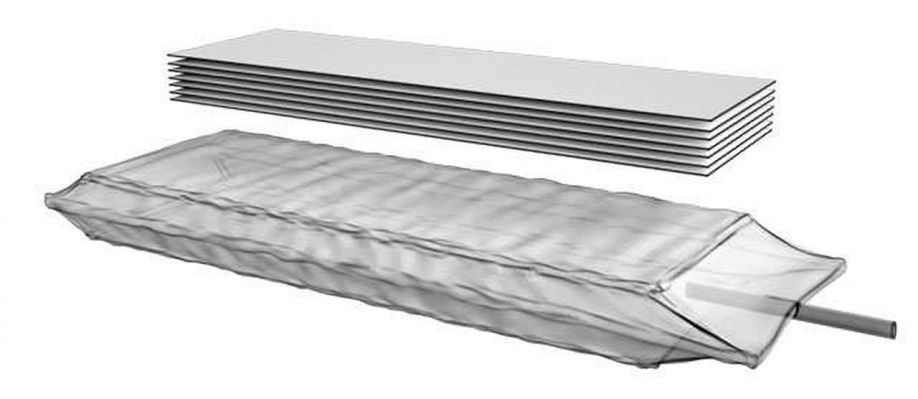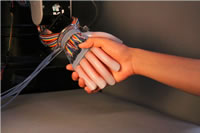Self-healing Circuits
Worcester Polytechnic Institute Professor Developing Origami-Inspired Robots
This New Kind of Robot Mimics Octopus to Change From Rigid to Soft
Rutgers Researchers Create a 3D-Printed Smart Gel That Walks Underwater, Moves Objects
Artificial Skin for Robots
Carnegie Mellon Research - Invisible, Stretchable Circuits
Soft, Self-healing Devices Mimic Biological Muscles, Point to Next Generation of Human-like Robotics
New technique eases production, customization of soft robotics
Soft robot muscles with origami skeletons can lift 1,000 times their own weight
Engineers teach robots to understand emotion through touch
Teaching Robots to 'Feel with Their Eyes'
Meet the Robotics Wiz Behind Old Spice's Giant Mechanical Sea Creature
MIT Builds Invisible Fish Grabbing Robot
Engineers Devise New Method to Heighten Senses of Soft Robot
The First Autonomous, Entirely Soft Robot
Records 16 to 30 of 42
First | Previous | Next | Last
Featured Product

PI USA - Multi-Axis Automation
Robotics and Automation - Featured Company


.jpg)











